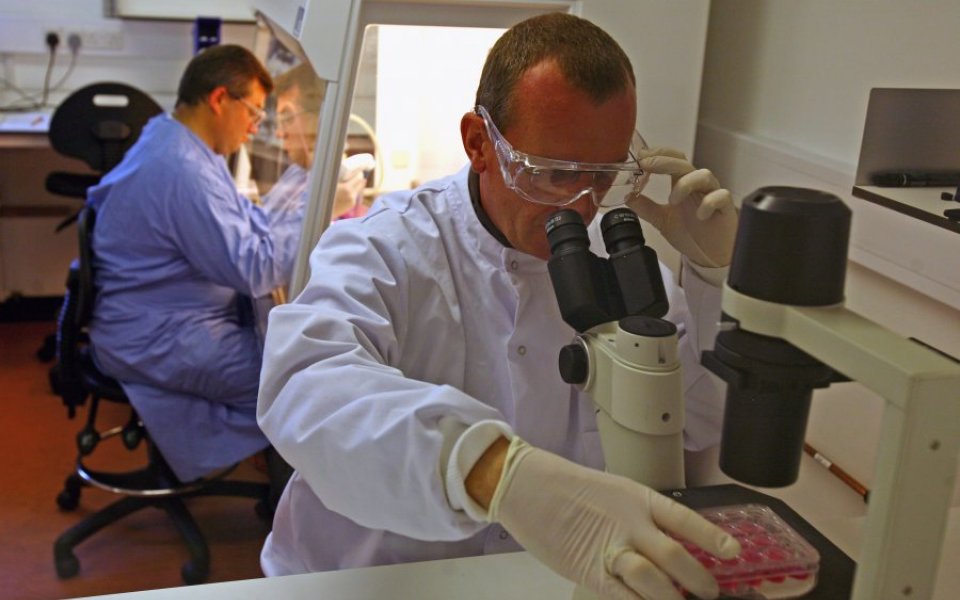This new graphene discovery could transform computers’ speeds

British scientists from the University of Exeter have managed to mix graphene and light, paving the way for a new generation of technological devices.
Using nothing but pulses of laser light, they managed to trap light within the surface of the supermaterial and move it around in all different directions. It's the first time anything like this has been achieved, and the researchers say it's the first step in a “graphene revolution”.
The fact that light can move around the surface means that one day, photons could replace electrons as the carriers of energy around graphene-based technologies. As an example, the researchers say the light could be used to drive computers at far faster speeds than they currently operate at. Details are published in the journal Nature Physics.
Dr Tom Constant, lead author on the paper and part of Exeter's Physics and Astronomy Department, said: " This new research has the potential to give us invaluable insight into the wonder material and how it interacts with light. A more immediate commercial application could be a simple device that could easily scan a piece of graphene and tell you some key properties like conductivity, resistance and purity”.
Computers than can use light as part of their infrastructure have the potential to show significant improvement. Any advance that reveals more about light's interaction with graphene-based electronics will surely benefit the computers or smartphones of the future.